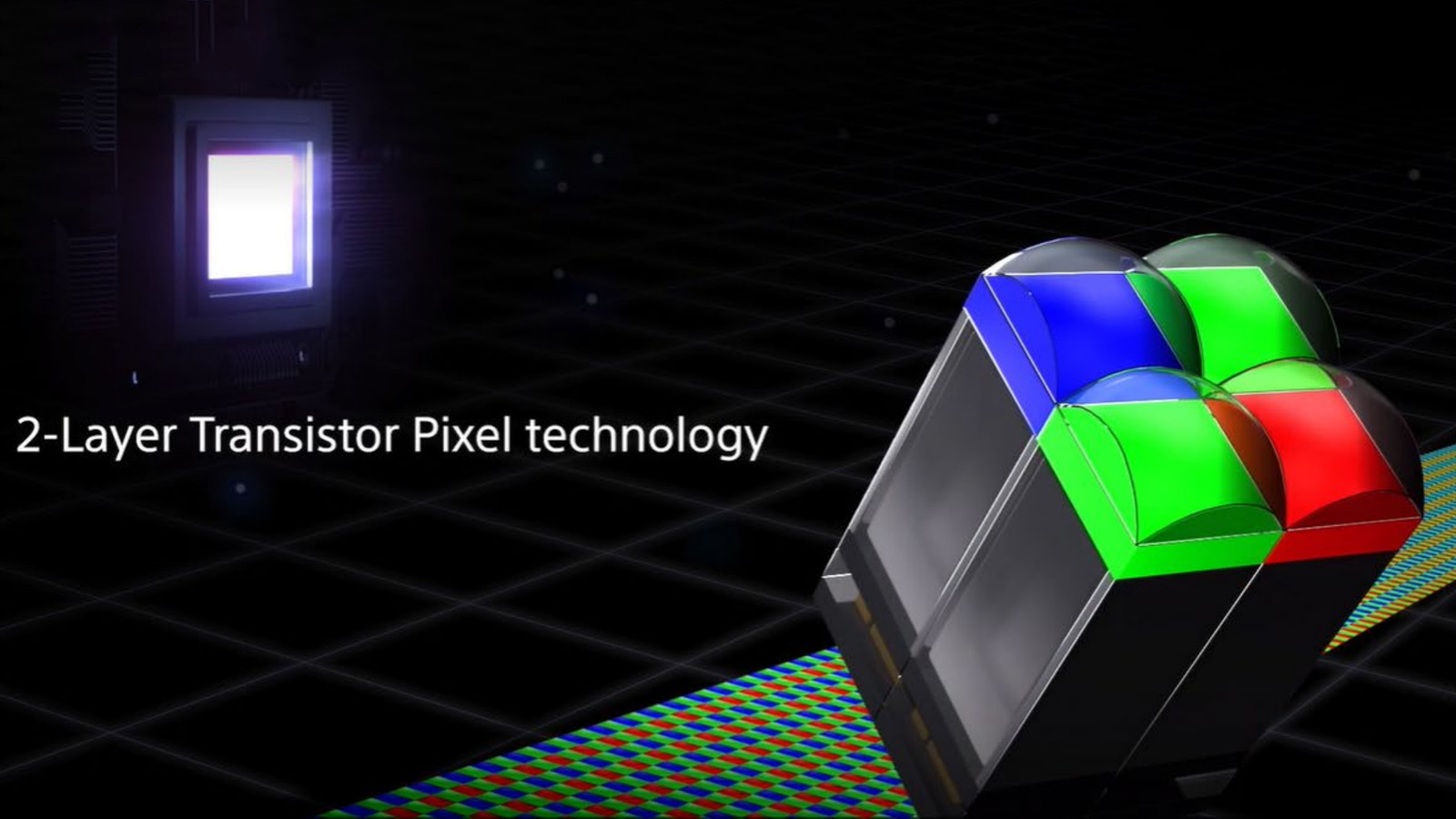In recent years, smartphone cameras and DSLRs have been evolving in different directions. By 2024, Sony predicts that smartphones will outperform single-lens reflex cameras in image quality.
During a business briefing reported by Nikkei Japan, Terushi Shimizu, the President and CEO of Sony Semiconductor Solutions (SSS), stated that “we anticipate smartphone still images will surpass the quality of single-lens reflex cameras within the next few years.”
Slides from the briefing provided even clearer specifics, indicating that still images from smartphones are expected to exceed the quality of interchangeable lens cameras (ILCs) in 2024.
It’s worth noting that ILCs include both today’s mirrorless cameras and older DSLR technology, which many manufacturers are now moving away from.
The overarching message is clear: smartphones are continuing to innovate in imaging, making standalone cameras less necessary for most users.
What is driving this ongoing advancement in smartphone photography? According to Sony, factors such as “quantum saturation” and enhanced “AI processing” are key. Notably, sensor sizes in high-end smartphones are projected to double by 2024.
This increase in pixel size will enable phone manufacturers to implement multi-frame processing that offers “a new imaging experience,” including enhanced Super HDR features and advanced zooms that combine folded optics (like those found in the Sony Xperia 1 IV) with AI technology.

Sony also showcased its development of ‘two-layer transistor pixel technology’, which could significantly enhance dynamic range and reduce noise in low-light scenarios for phone cameras.
Advancements for video are also on the horizon. Sony’s presentation indicated that next-gen sensor read-out speeds will support 8K video recording, multi-frame processing (including video HDR), and enhanced “AI video processing.” This includes computational techniques similar to Apple’s Cinematic Mode.
While it’s common for Sony to make ambitious claims in its invested sectors, there is substantial evidence supporting its forecasts regarding the evolution of smartphone cameras at the cost of DSLRs and mirrorless models.
This has broader implications for all smartphones, as Sony commands 42% of the global image sensor market for phones; the iPhone 13 Pro Max, for example, is equipped with three Sony IMX 7-series sensors.
Analysis: The Rise of Smartphones

In recent years, the most notable progress has been in multi-frame processing, also known as computational photography. Sony emphasized that new hardware developments will be crucial in elevating phone cameras to new heights.
Its forecast regarding sensor sizes in premium phones doubling by 2024 is somewhat surprising, given limitations like lens size. For instance, the Sony Xperia Pro-I featured a 1-inch sensor but could only produce 12MP images due to lens constraints, rather than its potential 20MP resolution.
More importantly, Sony’s newly developed stacked CMOS sensor with two-layer transistor pixels allows each pixel to capture twice as much light as a conventional sensor. This hardware innovation could significantly enhance dynamic range and noise performance, ideal for computational algorithms.
As the latest phones excel in photography, the next few years will likely witness substantial improvements in video capabilities. Sony’s presentation underscored this with mentions of multi-frame processing and its Edge AI platform, enhancing both video quality and augmented reality app support.
While DSLRs and mirrorless models will continue to appeal to enthusiasts and professionals for their control and image quality, the advancements showcased by Sony signal that the coming years will be particularly thrilling for smartphone photography.


